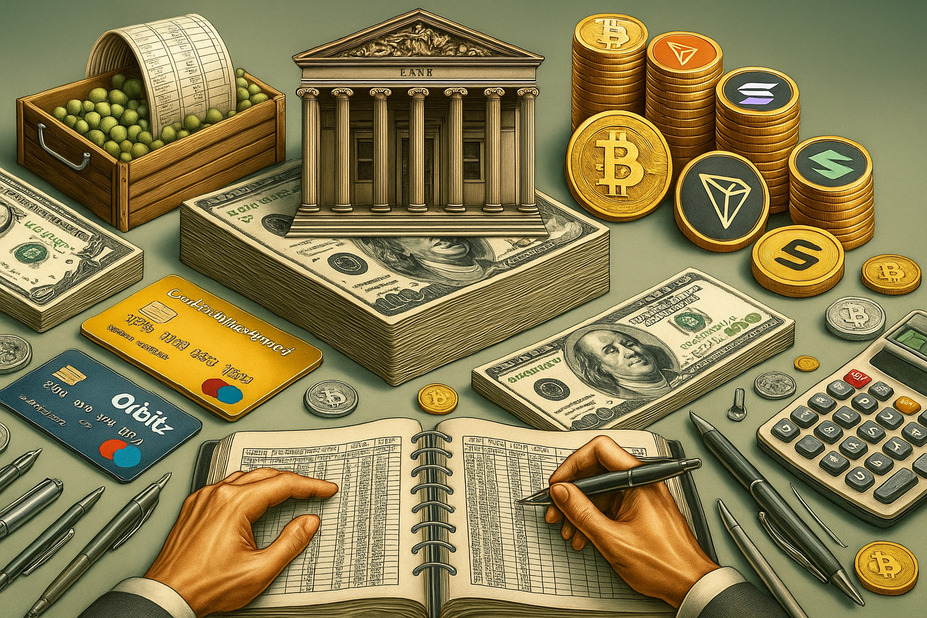The transformation of banking: Are cryptocurrencies poised to reshape your bank account?

The integration of cryptocurrency into mainstream finance was once viewed with skepticism, likened to an incongruous pairing. This perspective stemmed from the financial world’s traditionally dismissive attitude toward crypto. For instance, the chief executive of a major bank vowed to terminate any trader involved with Bitcoin, reflecting a widespread negative sentiment among leading financial institutions.
However, recent developments have prompted a reassessment of this view. It was noted with interest that some of the most prominent figures in banking have begun to express positive opinions about cryptocurrency. While initially attributing this shift to political considerations, investigation revealed a more complex dynamic at play.
Wall Street’s interest in crypto extends beyond mere political maneuvering; it represents a novel avenue for profit generation. Banks can potentially increase their earnings by exposing clients to greater risk while operating under less stringent regulatory oversight. Some of these changes could fundamentally alter the core of the banking system, specifically personal checking accounts.
To provide context, cryptocurrencies are digital forms of money that are not issued by any government. Unlike traditional currencies, whose value can be influenced by central bank policies, the price of crypto is determined by supply and demand. This volatility makes cryptocurrencies unsuitable for everyday transactions, leading to the rise of stablecoins.
Stablecoins are a type of cryptocurrency designed to maintain a stable value, typically pegged to the U.S. dollar. Major banks, including several prominent names, are reportedly planning to launch their own stablecoins. Retail giants are also exploring the possibility of issuing their own coins.
These developments have been made possible by recent legislation, which allows banks to offer customers stablecoins instead of traditional cash. Crucially, the legislation stipulates that banks retain the interest earned on stablecoins, unlike traditional checking and savings accounts. Moreover, stablecoin accounts are treated as “investments” rather than traditional deposits, thereby foregoing federal insurance protection in the event of bank failure.
Bank executives envision a future where customers are directed to exchange their traditional checking account funds for stablecoins, which can then be used for purchases. While this could potentially offer benefits such as lower fees and faster transaction speeds for international transfers, it also entails significant drawbacks. In addition to foregoing interest, customers would lose the federal insurance that protects traditional deposits.
One banker drew a historical parallel to the Wildcat banking era of the 1800s, during which unregulated state banks issued competing currencies, leading to financial instability and eventual federal intervention. This comparison underscores the potential risks associated with the widespread adoption of stablecoins without adequate regulatory safeguards.








